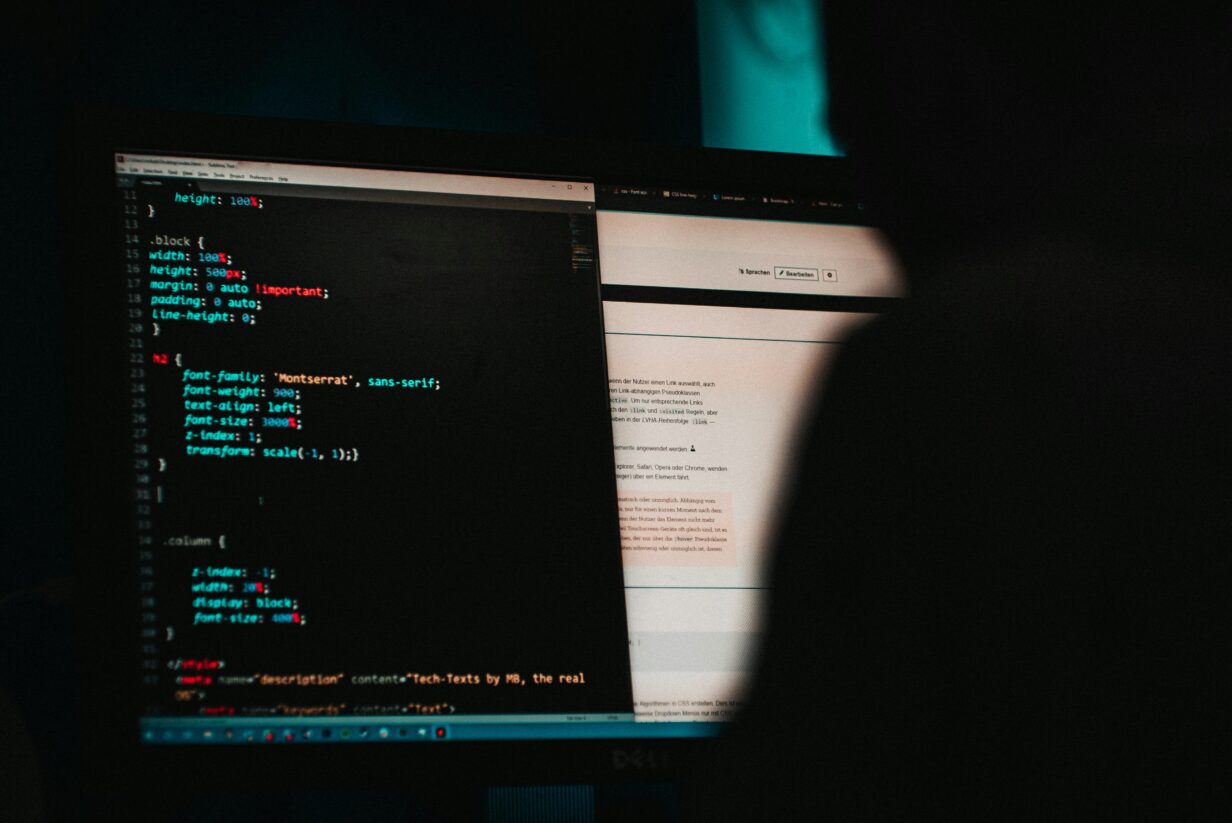
The Evolution of Ransomware Tactics in 2024: How Businesses Can Stay Ahead
Introduction
Ransomware has rapidly evolved from a nuisance targeting individual users to a sophisticated threat against global organizations. In 2024, the tactics employed by cyber-criminals have become more advanced, leveraging new technologies and exploiting current events to launch attacks with devastating effects. This article delves into the latest ransomware trends and provides actionable strategies for businesses to fortify their defenses and stay one step ahead of the attackers.
The New Wave of Ransomware Tactics
- Double Extortion and Beyond: Initially, ransomware attacks focused on encrypting victims’ data. Now, attackers combine data encryption with data theft, threatening to release sensitive information unless an additional ransom is paid. This tactic, known as double extortion, has evolved with triple and quadruple extortion techniques, incorporating DDoS attacks and targeting customers or partners of the initial victim.
2. AI-Powered Attacks: Cybercriminals are now utilizing artificial intelligence (AI) to enhance their attacks. AI algorithms can analyze vast amounts of data to identify the most valuable targets, personalize phishing messages, and automate attack deployment, making them faster and more efficient.
3. RaaS (Ransomware as a Service): The RaaS model has democratized access to ransomware, allowing even low-skilled attackers to launch sophisticated attacks. This business model has led to an increase in attacks and innovation in ransomware development.
4. Exploiting Remote Work Vulnerabilities: With the rise of remote work, attackers have shifted focus to exploit vulnerabilities in home networks, VPNs, and remote desktop protocols. These entry points offer less resistance and can be leveraged to gain access to corporate networks.
Staying Ahead: Proactive Defense Strategies
- Enhanced Phishing Defense: Since phishing remains a primary vector for ransomware, businesses must invest in advanced email filtering, user education, and simulated phishing exercises to sensitize employees to the latest tactics used by attackers.
- Regular Data Backups and Encryption: Regular, encrypted backups of critical data, stored both onsite and offsite, can mitigate the impact of a ransomware attack. It’s crucial that backups are tested regularly to ensure they can be restored quickly.
- Zero Trust Architecture: Implementing a Zero Trust security model can significantly reduce the attack surface. By never trusting and always verifying, businesses can limit access to resources strictly to what is needed, reducing the potential impact of an attack.
- AI and Machine Learning Defense: Leveraging AI and machine learning for defense can help in detecting and responding to ransomware attacks in real-time. These technologies can analyze patterns and predict potential threats before they manifest.
- Incident Response Planning: Having a robust incident response plan in place is crucial. This plan should include procedures for isolating infected systems, communicating with stakeholders, and restoring operations with minimal downtime.

No Comments